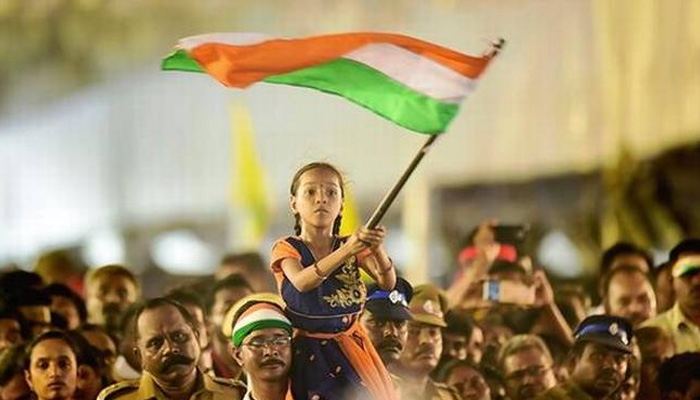TRENDING TAGS :
Book traces evolution of campaigning in Indian elections
A new book traces the evolution of election campaigns in India by focusing on key players, rise and fall of political parties, role of digital and technology platforms, and emergence of fake news impacting poll outcome in the country and across the world
New Delhi: A new book traces the evolution of election campaigns in India by focusing on key players, rise and fall of political parties, role of digital and technology platforms, and emergence of fake news impacting poll outcome in the country and across the world.
ALSO READ:Widow beaten to death by landlord, his son on suspicion of theft
In The Game of Votes: Visual Media Politics and Elections in the Digital Era , author Farhat Basir Khan argues that traditional ways of poll campaigns are no longer effective or enough to gain the attention of voters.
Political branding, image management, crisis communication, data analytics, microblogging, and most importantly, short crisp videos hold the key for today's elections, he says.
In the early general elections, political parties used newspapers, public meetings and door-to-door canvassing to convey their messages, policies, manifesto and information about the party.
ALSO READ:Cases against DK Shivkumar is increasing day by day: Lawyers
With rapid advancement and industrialisation, the traditional methodologies of electoral campaigning also changed dramatically and gave rise to an even higher proliferation of modern media technologies, he says.
The book traces the changing political and media landscape beginning with the tepid elections of the 1950s to the feverish social media-driven elections of the 21st century, from the heady post-Independence Nehruvian era to the frenzied victory of Narendra Modi in 2019.
Former President Pranab Mukherjee has written the foreword to the book, published by SAGE, terms it as a reflection on the mood swings of the "unpredictable but very intelligent" Indian voter.
The book looks at the role of technology platforms, micro-profiling voters, clash of personalities and the rise of the national champion' - all of which have been dealt with in detail," he writes.
ALSO READ:PM Modi assures of New Kashmir to kashmiri Pandits in Houston
The book discusses the art of forging political alliances, the overwhelming influence of social media companies in global politics, the menace of fake news and the worldwide rise of right-wing politics.
The unpredictable rise of brand Modi, his inexplicable persona, style of politics and vote-conversion abilities are contrasted with the losing sheen of the Nehru-Gandhi dynasty, loss of confidence in the Congress and electoral reverses for the party, it says.
The book also looks back at former US president Barack Obama's and incumbent Donald Trump's elections where social media, particularly Facebook, played a major role in the campaigns.
What the pundits had not reckoned with was the impact the newer kid on the block - WhatsApp will have, considering its mega role in making viral news elements that are volatile, insidious and fake, Khan, faculty member at AJK Mass Communication Research Centre, Jamia Millia Islamia, says.
ALSO READ:Imran Khan Pakistan Prime Minister reaches US in Saudi ‘special’ plane
He critically looks at how new media companies and platforms have been used to the hilt by election campaign managers.
The book highlights the fact that the social media has not just become a daily battleground for fake news but has spread its tentacles around the core of Indian democracy - its free and fair elections.
According to Khan, social media helps to overcome the barrier of means in communication that in turn enables strengthened relationships between voters or advocates and politicians. And when it comes to election campaigns, social media becomes the digital version of the election rallies held on the ground.
There are, however, repercussions - trolls, shaming, morphing and social bullying are the other side of the story. Yet, it allows the politician to focus on the target voter group more earnestly than on field where they are an inseparable part of the crowd, he says.
ALSO READ:Muslims in India luckier than those in Islamic countries: Mark Tully
He argues that the BJP's way of using social media is different.
It pushed as much information as possible to saturate and overwhelm the mind of an average Indian with information, not really allowing too much space for further consideration, and driving him to opt for a hurried, if not impetuous, decision on who he chooses to govern the nation for next five years.
In one of the chapters, Khan tries to decipher the visual imagery in the newspapers during the 2014 Indian elections.
The patterns that emerged from the analysis are a clear indication of a robust and well-thought photographic communication strategy in place; it does not seem to be just happenstance or coincidence.
The BJP was the only party with visible and consistent patterns in their use of photographs. They maintained a constant flow of photographic communication in both the newspapers depicting their focus on the use of newspapers for dissemination of messages, he writes.
ALSO READ:‘Sacred Games 2’ nominated for International Emmy Awards



